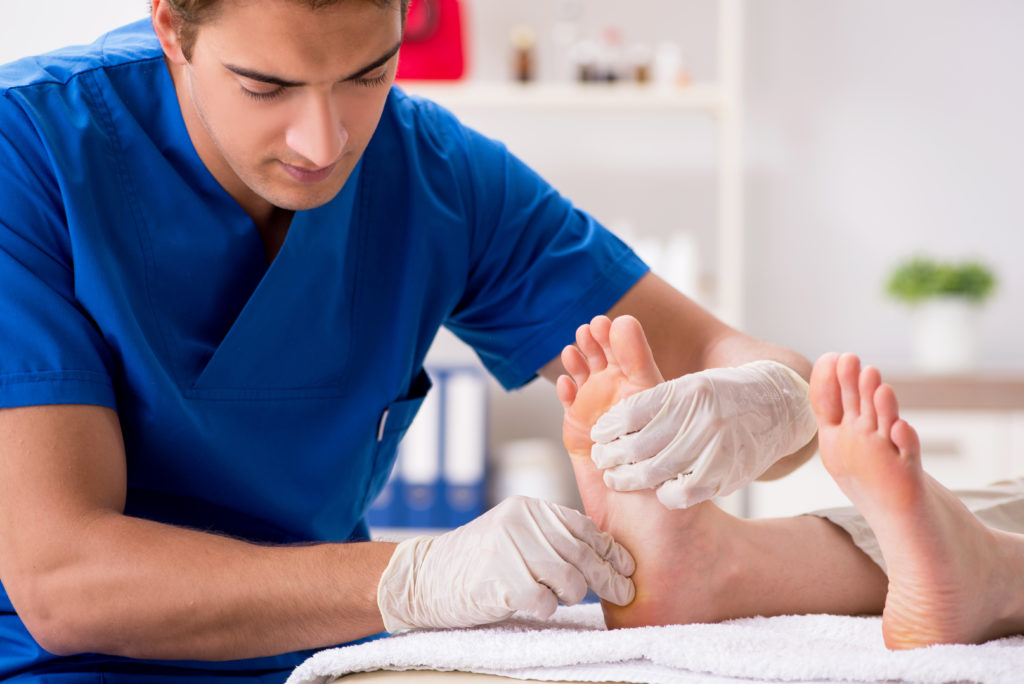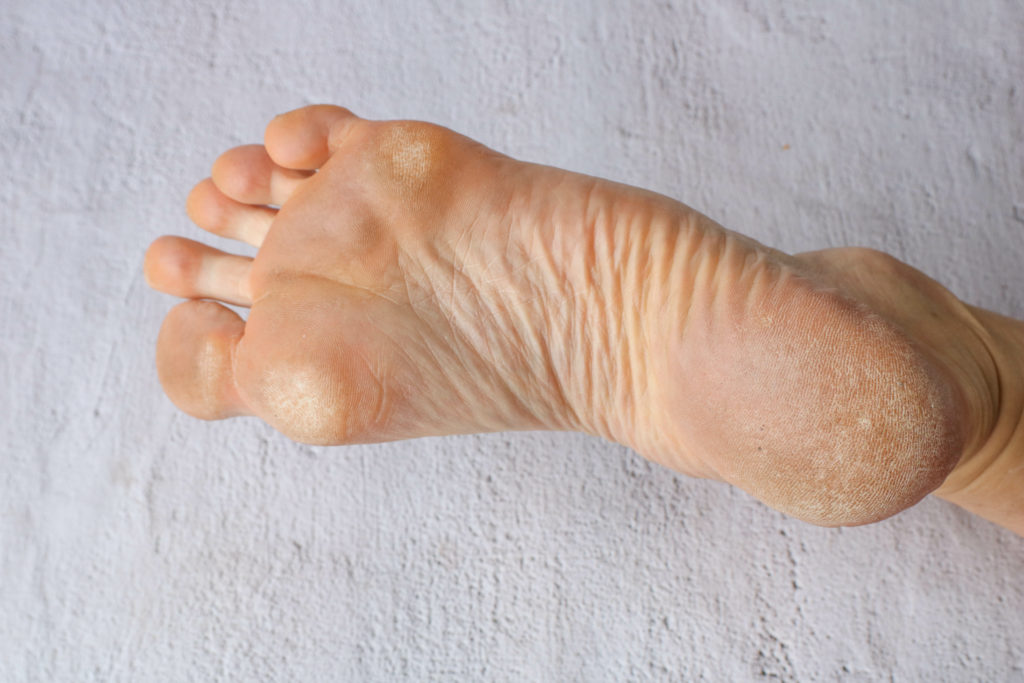
Calluses are a common problem that occurs when the skin is exposed to repeated pressure, rubbing, friction, or irritation The most common sign of calluses is the appearance of raised bumps on the bony sections of the feet or areas on the hands that are exposed to constant rubbing. Usually, calluses develop when additional skin layers grow on the affected area to protect the skin beneath from pressure or irritation.
Calluses tend to develop on the toes, heels, palms, and knees. The main causes of calluses are walking barefoot, doing work with the hands, playing instruments, or wearing tight shoes. Calluses are commonly not painful. As such, they’re generally not considered a necessary indication of a serious medical problem. However, they could become an issue for people with underlying medical conditions. When left unattended, they could become very thick. They could be infected if they crack or result in weight redistribution.
Preventing Calluses
The best way to stay away from calluses is to know how to avoid them. There are several precautions you could take to prevent them from developing, including:
- Wearing shoes that are good for your feet—ideally, these are comfortable, well-fitting shoes that support the feet and cushion them well
- Using customized padded insoles to spread the weight at the bottom of your feet
- Wearing socks with footwear
- Wearing gloves whenever you’re doing manual work or working with rough materials that can damage your fingers or hands
- Trimming toenails and avoiding barefoot walking
- Keeping your feet clean and moisturizing them with foot cream
- Applying foot powder daily to keep the feet dry

Treating Calluses At Home
Calluses could easily be treated with the use of a wide range of home remedies. This includes the following:
- Soaking The Affected Area In Warm Water
If you develop a callus, you can soak the affected area in warm water for about 20 min, then dry the skin with a towel. After this, gently rub away the skin layer of the callus. As you repeat this process on a day-to-day basis, you could get rid of the callus completely, one layer at a time. To condition your skin even better, consider adding 5 tbsp of castor oil to warm water. Being a natural lubricant, castor oil could soothe the affected section of the skin.
- Using Non-medicated Pads
You could keep your callus from getting irritated by using non-medicated pads. Made from gentle adhesive and silicone, callus pads could be worn beneath shoes, socks, shirts, or gloves to protect affected areas and allow them to heal.
- Exfoliating The Callus With Epsom Salt
Epsom salt is known to be a natural exfoliator that’s supposed to help with treating calluses. Adding 2 to 3 tbsp of Epsom salt to warm water before soaking calluses is believed to help peel the skin layers more easily. This home remedy is said to be particularly helpful for people who want to remove their callus while relaxing their hands or feet. Once the fine salt particles dissolve in water, they could soothe the skin on the callus and also support muscle relaxation.
- Removing The Callus Using A Pumice Stone
For calluses in hard-to-reach areas like the feet or elbows, a pumice stone could help get rid of them. Try to soak the callus in warm water, then use the stone to apply pressure on it by rubbing its surface in a circular motion. It may be best to avoid removing the entire callus in a single wash. Rather, try removing one layer at a go by rubbing the skin on several applications.
Seeking Medical Treatment
Though calluses are not claimed to be serious medical conditions, seeking medical attention would be best if your callus starts to change colour, product pus, or bleed. In most instances, calluses are referred to podiatrists for treatment.
When you visit a podiatrist for callus treatment, a foot or hand examination will normally be undertaken to determine the cause of the thickened skin. Often doctors would want to rule other possible causes, like cysts and warts. If the doctor notes a physical abnormality could be causing calluses, an X-ray may be recommended. Doctors treat calluses by:
- Prescribing A Callus Removal Medication
Doctors may prescribe applying gel or patches to remove the callus. Usually, gel or patches contain 40% salicylic acid and are mostly applied after the removal of dead skin using a pumice stone, emery board, or nail file.
- Trimming The Excess Skin
Doctors may also remove the thickened skin by trimming it with a scalpel. This procedure could expose a patient to infection and is not, therefore, advised to be undertaken at home.
- Prescribing Shoe Inserts
When a patient has an underlying foot condition, podiatrists may prescribe the use of customized padded shoe inserts, known as orthotics. These are basically used to keep calluses from recurring.
- Surgical Procedure
Calluses are not normally treated with surgery. But a surgical procedure may be needed to rectify bone alignment and reduce friction.
The Last Word
Calluses are feet and hand conditions that affect the hands, feet, and elbows following prolonged exposure to pressure, friction, or irritation. While they’re generally easy to prevent and treat with home remedies, consider seeking medical attention if they swell and become painful.
